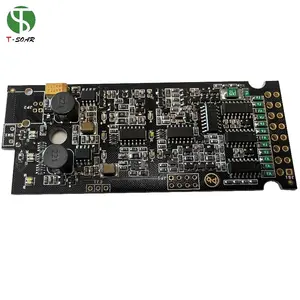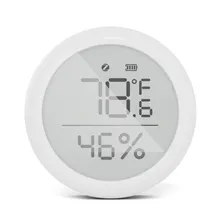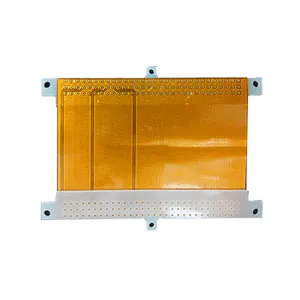Introduction to Flex Circuit Boards
Flex circuit boards, also known as flexible pcb or flexible circuit board, represent a significant advancement in electronic interconnectivity. These boards are designed to support and connect electronic components using conductive tracks, pads, and other features etched from copper sheets and laminated onto a non-conductive substrate. The flexibility of these boards makes them ideal for modern electronics where space and weight are critical factors.
Types and Applications
The versatility of flex circuit boards is evident in their various types, such as single-sided, double-sided, and multilayer configurations. Each type serves a specific purpose, from simple applications to complex electronic systems. Flexible printed circuit boards are widely used in consumer electronics, medical devices, and automotive applications due to their ability to bend, twist, and fold, allowing for more compact and dynamic designs.
Features and Materials
A flex pcb typically comprises a polyimide or polyester film as the base material, which provides the required flexibility. Copper is the most common conductive material used for the circuitry. The key features of these boards include their light weight, thin profile, and the ability to withstand millions of flex cycles. Additionally, flex pcbs can be designed with custom shapes and can include rigid-flex areas for components that require additional support.
Advantages of Flex Circuit Technology
The use of flexible pcb board technology brings numerous advantages. Their flexibility allows for more compact and three-dimensional packaging, reducing space and weight. This can lead to significant improvements in overall product design and performance. Moreover, flex circuit boards can reduce the number of interconnects, improving reliability and impedance control, which is crucial for high-speed circuits.
Manufacturing and Quality
Quality manufacturing is essential in producing reliable flex circuit boards. A flex pcb manufacturer must ensure precision in etching the copper circuitry and in the lamination process to prevent defects that could affect the board's performance. The manufacturing process also includes thorough testing to ensure the functionality and durability of the flexible printed circuit board.
Choosing the Right Flex Circuit Board
Selecting the appropriate flex circuit pcb for a specific application involves considering factors such as the operating environment, bend requirements, and the level of integration. For applications that require a combination of flexibility and rigidity, a rigid flex pcb or rigid flex board may be the ideal solution. These boards combine the best of both worlds, offering the structural stability of rigid boards with the flexibility of flex circuits.











































 浙公网安备 33010002000092号
浙公网安备 33010002000092号 浙B2-20120091-4
浙B2-20120091-4